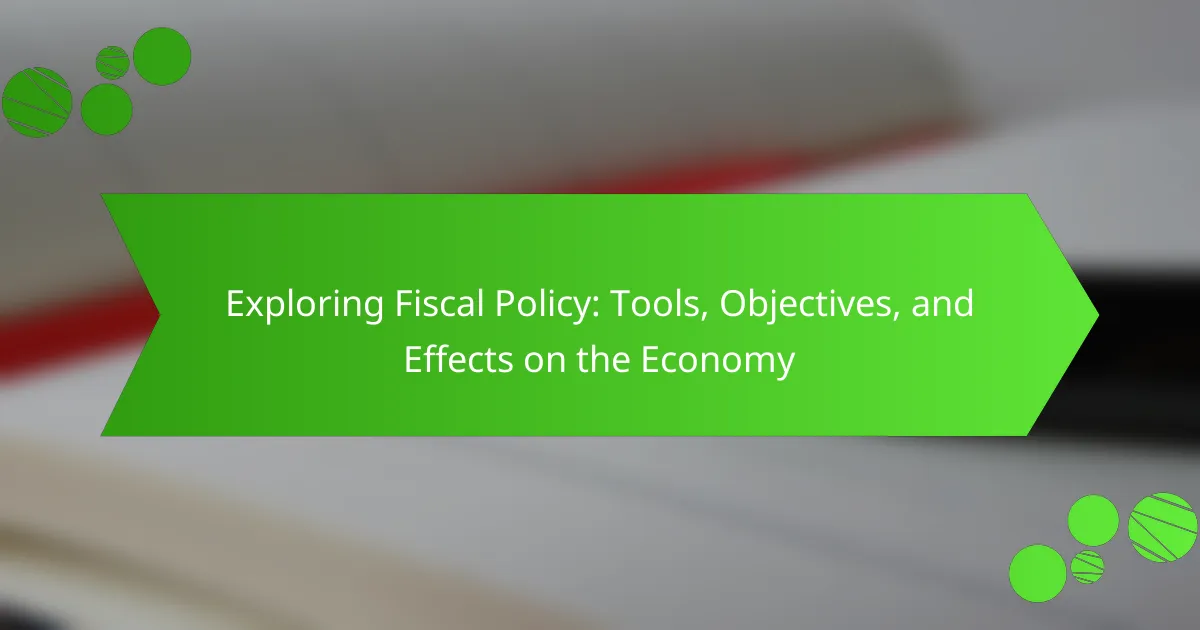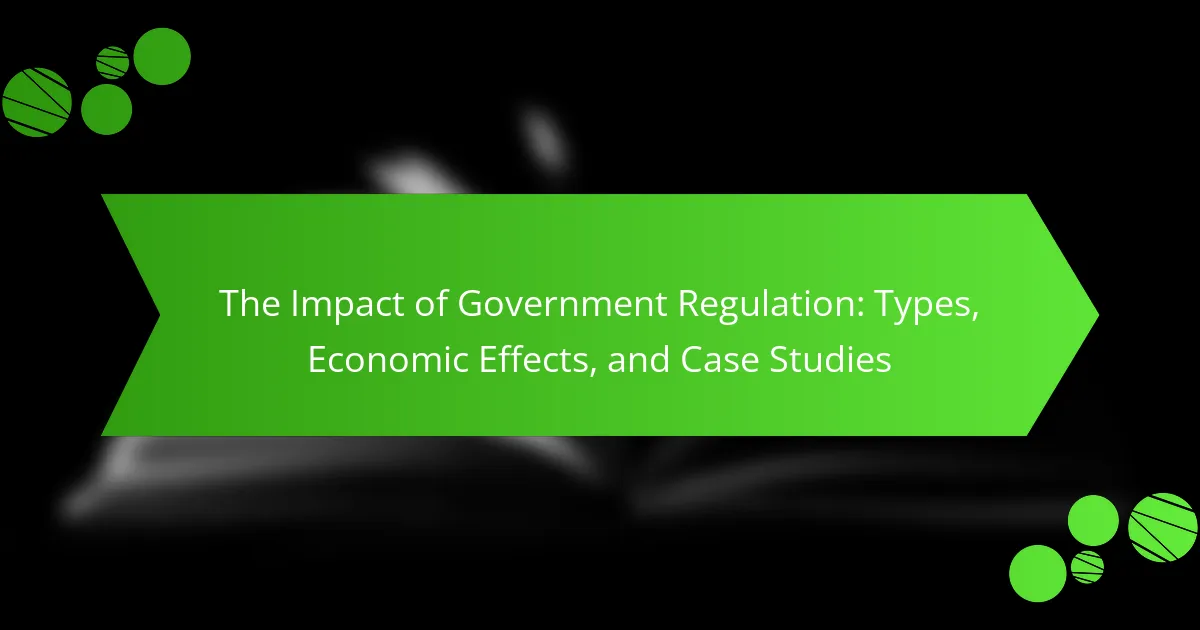Scarcity is the economic concept that refers to the limited availability of resources, such as time, money, and raw materials, in relation to the unlimited wants of consumers. This limitation necessitates effective resource allocation and drives demand, influencing market prices. The article explores the implications of scarcity on resource distribution, highlighting the concept of opportunity cost and the necessity of prioritizing needs. It provides real-world examples, including water scarcity, arable land limitations, and oil scarcity, to illustrate how scarcity affects individual choices and broader economic trends. Understanding scarcity is essential in economics, as it shapes market behaviors and decision-making processes.

What is the concept of scarcity?
Scarcity is the economic concept that describes the limited availability of resources compared to the unlimited wants of consumers. It indicates that resources such as time, money, and raw materials are finite. This limitation necessitates choices about how to allocate resources effectively. Scarcity drives demand, influencing prices in the market. For example, when a resource is scarce, its value tends to increase. Historical contexts, such as the oil crisis of the 1970s, illustrate how scarcity impacts economies. Scarcity necessitates prioritization in production and consumption decisions. Understanding scarcity is fundamental in economics as it shapes the behavior of markets and individuals.
How does scarcity affect economic systems?
Scarcity significantly affects economic systems by creating a fundamental challenge in resource allocation. When resources are limited, choices must be made regarding their use. This leads to prioritization of needs and wants within a society. Economies must determine how to distribute scarce resources efficiently. This often results in trade-offs, as choosing one option means forgoing another. Scarcity drives innovation and the development of alternatives. It can also lead to increased competition among consumers and producers. Historical examples include the oil crisis of the 1970s, which highlighted the impact of limited resources on global economies.
What are the fundamental principles of scarcity in economics?
Scarcity in economics refers to the fundamental problem of limited resources versus unlimited wants. It means that resources such as land, labor, and capital are finite. This limitation forces individuals and societies to make choices about how to allocate resources. The first principle is that scarcity necessitates trade-offs. When one option is chosen, another must be sacrificed. The second principle is that scarcity leads to opportunity cost. This is the value of the next best alternative forgone when a choice is made. Additionally, scarcity influences supply and demand dynamics. When resources are scarce, prices tend to rise, reflecting their limited availability. These principles are foundational to economic theory and decision-making processes.
How does scarcity influence supply and demand?
Scarcity influences supply and demand by creating a limited availability of resources. When an item is scarce, its supply decreases. This reduction in supply typically leads to an increase in demand. Consumers often perceive scarce items as more valuable. For example, when a product is in short supply, people may be willing to pay higher prices for it. Historical instances, such as oil crises, illustrate how scarcity can drive up prices significantly. Conversely, when resources are abundant, supply increases and demand may decrease, leading to lower prices.
Why is understanding scarcity important?
Understanding scarcity is important because it influences decision-making and resource allocation. Scarcity refers to the limited availability of resources relative to the wants and needs of individuals and society. When resources are scarce, individuals and organizations must prioritize their use. This prioritization affects economic behavior, such as production, consumption, and distribution. For instance, in economics, the concept of opportunity cost arises from scarcity. It emphasizes that choosing one option means forgoing another due to limited resources. Additionally, recognizing scarcity drives innovation and efficiency. Businesses are motivated to develop new technologies and processes to maximize resource use. Understanding scarcity also shapes public policy decisions. Governments must allocate limited resources effectively to meet societal needs. Overall, grasping the concept of scarcity is crucial for effective management of resources in both personal and societal contexts.
How does scarcity shape consumer behavior?
Scarcity significantly influences consumer behavior by creating a sense of urgency. When consumers perceive that a product is limited in availability, they often feel compelled to act quickly. This urgency can lead to impulsive purchasing decisions. According to a study by Cialdini et al. (1975), limited availability can enhance the desirability of an item. Consumers may equate scarcity with higher value or quality. For instance, products labeled as “limited edition” often experience increased sales. Scarcity can also trigger fear of missing out (FOMO), further driving consumer action. This psychological response is rooted in the basic economic principle of supply and demand. When demand outstrips supply, consumers are more likely to prioritize their purchases.
What role does scarcity play in decision-making processes?
Scarcity significantly influences decision-making processes by creating urgency and limiting options. When resources are perceived as limited, individuals tend to prioritize their choices more carefully. This urgency often leads to quicker decisions, as people fear missing out on available opportunities. Research shows that scarcity can heighten emotional responses, making individuals more likely to act impulsively. For instance, a study by Cialdini (2009) highlights that limited-time offers increase consumer demand due to perceived value. Therefore, scarcity shapes how decisions are made by altering perceptions of value and urgency.

What is the impact of scarcity on resource allocation?
Scarcity significantly influences resource allocation by creating competition for limited resources. When resources are scarce, choices must be made about how to distribute them effectively. This often leads to prioritizing certain needs over others. For example, in economics, the concept of opportunity cost arises. It represents the value of the next best alternative that must be forgone when a resource is allocated to a specific use. Scarcity forces individuals and societies to evaluate the trade-offs involved in their decisions. Historical instances, such as the oil crisis of the 1970s, demonstrate how scarcity can lead to increased prices and changes in consumption behavior. This illustrates that scarcity not only affects individual choices but also has broader economic implications.
How does scarcity lead to prioritization of resources?
Scarcity leads to prioritization of resources by creating a need to allocate limited supplies effectively. When resources are scarce, decision-makers must evaluate which needs are most critical. This evaluation often results in prioritizing essential goods and services over non-essential ones. For example, during a drought, water resources are allocated primarily for drinking and sanitation rather than for recreational use. Historical instances, such as wartime rationing, demonstrate how scarcity forces prioritization. In such cases, governments allocate food and materials to military efforts first. This systematic approach ensures that the most pressing needs are met despite limited availability.
What are the consequences of inefficient resource allocation due to scarcity?
Inefficient resource allocation due to scarcity leads to economic waste and diminished productivity. Resources are not utilized in their most effective capacity. This results in shortages of essential goods and services. Consumers face higher prices due to increased demand and limited supply. Businesses may experience reduced profit margins and increased operational costs. Job losses can occur as companies downsize in response to inefficiencies. Overall economic growth may stagnate as resources fail to meet societal needs. Historical examples include the Great Depression, where misallocation led to widespread unemployment and poverty.
How do different economic systems respond to scarcity in resource allocation?
Different economic systems respond to scarcity through distinct mechanisms of resource allocation. In a market economy, supply and demand dictate resource distribution. Prices rise when scarcity occurs, signaling producers to allocate resources toward high-demand goods. In contrast, a command economy relies on central planning. The government decides how resources are allocated, often based on perceived needs rather than market signals. Mixed economies combine elements of both systems. They utilize market forces while allowing for government intervention to address inequities caused by scarcity. Historical examples include the Soviet Union’s command economy, which struggled with inefficiencies, and the U.S. market economy, which dynamically adjusts to changes in resource availability. Each system’s response to scarcity reflects its underlying principles of resource allocation.
What strategies can be employed to manage scarcity?
Implementing effective strategies to manage scarcity involves prioritizing resource allocation and optimizing usage. One strategy is to increase efficiency in resource consumption. For instance, adopting energy-efficient technologies can reduce energy use significantly. Another strategy is to promote sustainable practices, such as recycling and reusing materials. This approach minimizes waste and prolongs resource availability.
Additionally, creating policies that encourage conservation can help manage scarcity. Governments can implement regulations that limit excessive resource use. Educating communities about the importance of resource management also plays a critical role. Awareness campaigns can lead to behavioral changes that support sustainability.
Furthermore, investing in alternative resources can alleviate scarcity. For example, developing renewable energy sources reduces reliance on finite fossil fuels. Collaboration among stakeholders is essential for designing comprehensive strategies. Engaging businesses, governments, and communities fosters a collective approach to managing scarcity effectively.
How do governments address scarcity in public policy?
Governments address scarcity in public policy by implementing resource allocation strategies. These strategies include prioritizing essential services, such as healthcare and education. They also involve regulation of resource use to ensure sustainability. For example, water management policies are enacted to prevent over-extraction. Governments may use economic incentives to promote efficient resource use. Subsidies for renewable energy sources encourage alternative solutions. Additionally, public policies often include investment in technology to enhance resource efficiency. Historical examples include the establishment of the Environmental Protection Agency in the U.S. to manage natural resource scarcity.
What role do businesses play in mitigating the effects of scarcity?
Businesses play a crucial role in mitigating the effects of scarcity. They do this by optimizing resource allocation and increasing efficiency. Through innovation, businesses develop new products and services that make better use of limited resources. For instance, companies in the tech sector create software that streamlines processes, reducing waste.
Additionally, businesses often engage in sustainable practices. This includes using renewable resources and minimizing environmental impact. A report by the World Economic Forum indicates that sustainable business practices can lead to a 20% reduction in resource consumption.
Furthermore, businesses contribute to market dynamics. They adjust supply based on demand, which helps balance scarcity. For example, during shortages, companies may raise prices, which can discourage overconsumption and encourage conservation.
In summary, businesses mitigate scarcity by innovating, practicing sustainability, and influencing market behavior. Their actions help ensure resources are used more effectively, benefiting society as a whole.

What are some real-world examples of scarcity?
Water scarcity is a significant real-world example of scarcity. In many regions, freshwater resources are limited. For instance, the United Nations reports that 2 billion people live in countries experiencing water stress. Another example is the scarcity of arable land. Urbanization and industrialization reduce available farmland. According to the Food and Agriculture Organization, 30% of the world’s land is used for agriculture. Oil scarcity also exemplifies this concept. As reserves deplete, extraction becomes more challenging and expensive. The International Energy Agency notes that global oil demand is expected to rise, further straining limited supplies.
What are notable historical instances of scarcity impacting societies?
Notable historical instances of scarcity impacting societies include the Great Famine of 1315-1317 in Europe. This famine resulted from a series of poor harvests due to adverse weather conditions. It led to widespread starvation and social unrest. Another instance is the Dust Bowl in the 1930s in the United States. This environmental disaster caused severe agricultural disruption. It forced many families to migrate in search of food and work. The Irish Potato Famine from 1845 to 1852 is also significant. This event resulted from a potato blight, leading to mass starvation and emigration. Each of these instances illustrates how scarcity can lead to profound social and economic consequences.
How did the Great Depression illustrate the effects of scarcity?
The Great Depression illustrated the effects of scarcity through widespread unemployment and resource shortages. During this period, unemployment reached approximately 25% in the United States. Many businesses closed, leading to a significant reduction in goods and services available. This scarcity created a high demand for jobs that could not be met. Families struggled to afford basic necessities like food and shelter. The limited availability of resources forced people to prioritize their needs. Government interventions, such as the New Deal, aimed to address these shortages. Overall, the Great Depression highlighted how scarcity affects both individual lives and the economy.
What lessons can be learned from resource scarcity in developing countries?
Resource scarcity in developing countries teaches important lessons about sustainability and efficiency. It highlights the need for innovative solutions to maximize limited resources. For example, water scarcity has led to the adoption of drip irrigation techniques in agriculture. Such methods improve water use efficiency and crop yields. Additionally, scarcity emphasizes the importance of community engagement in resource management. In many cases, local populations develop effective, context-specific strategies to cope with shortages. Furthermore, resource scarcity drives investment in alternative energy sources, such as solar power. This transition not only addresses energy needs but also promotes environmental sustainability. Overall, these lessons underscore the necessity of adaptive strategies in the face of limited resources.
What are common resources that experience scarcity today?
Water, fossil fuels, and arable land are common resources that experience scarcity today. Water scarcity affects over 2 billion people globally. Fossil fuel reserves are depleting due to high consumption rates. Arable land is diminishing because of urbanization and climate change. According to the United Nations, around 1.2 billion people live in areas with water scarcity. The International Energy Agency reports that fossil fuel production is declining in many regions. Additionally, the Food and Agriculture Organization states that 33% of global soil is degraded, impacting agricultural productivity.
How does water scarcity affect global populations?
Water scarcity significantly impacts global populations by limiting access to essential resources. It leads to health issues, as contaminated water sources increase disease transmission. According to the World Health Organization, around 2 billion people lack safe drinking water. Water scarcity also affects agricultural productivity, threatening food security for millions. The United Nations estimates that by 2025, 1.8 billion people will live in areas with absolute water scarcity. Economic consequences arise as industries reliant on water face operational challenges. In regions affected by drought, conflicts over water resources can escalate, leading to social instability. Thus, water scarcity poses a multifaceted threat to global populations.
What are the implications of energy scarcity in the modern world?
Energy scarcity leads to significant economic and social implications. It drives up energy prices, affecting both consumers and industries. High energy costs can result in increased production expenses, which may lead to inflation. Limited energy availability can hinder economic growth and job creation. It also forces countries to seek alternative energy sources, promoting innovation in renewable technologies. Energy scarcity can exacerbate inequalities, as vulnerable populations may struggle to access affordable energy. Moreover, it can lead to geopolitical tensions over energy resources. In 2021, the International Energy Agency reported that energy prices surged, impacting global economies.
What practical steps can individuals take to adapt to scarcity?
Individuals can adapt to scarcity by prioritizing resource management. They should assess their needs and reduce unnecessary consumption. Budgeting can help allocate resources effectively. Individuals can also seek alternatives to scarce resources. For example, using public transportation reduces reliance on fuel. Community sharing initiatives can optimize resource use. Growing personal gardens can supplement food supplies. Learning new skills can enhance self-sufficiency. These steps collectively help individuals navigate scarcity effectively.
Scarcity is the economic concept that describes the limited availability of resources in relation to the unlimited wants of consumers. This article explores the definition of scarcity, its significant impact on resource allocation and economic systems, and the fundamental principles that govern it. Key discussions include how scarcity influences supply and demand dynamics, shapes consumer behavior, and necessitates prioritization in decision-making. Real-world examples, historical instances, and strategies for managing scarcity are also examined, highlighting its implications on both individual and societal levels. Understanding scarcity is crucial for effective resource management and informed decision-making in various contexts.



